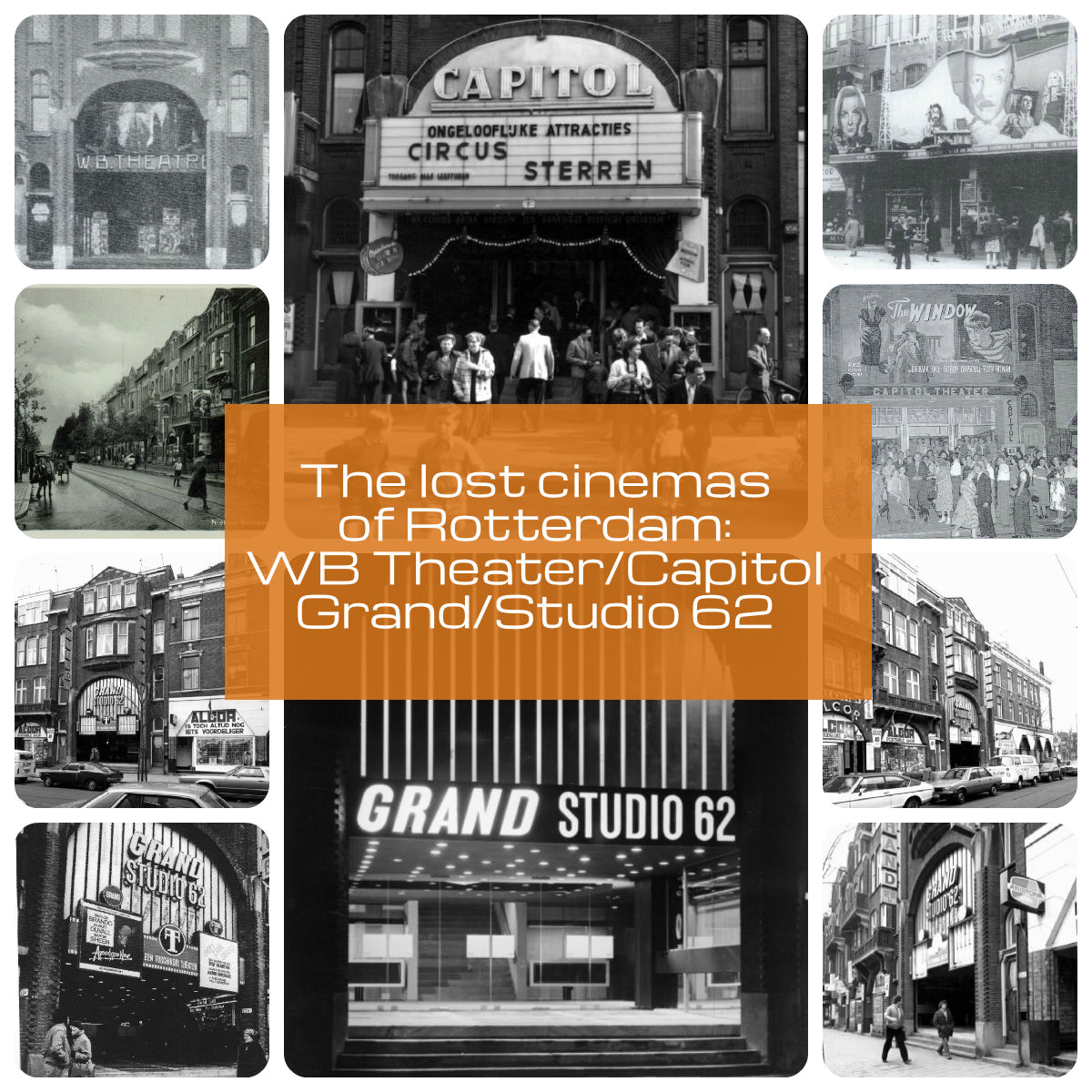
In the past I have looked at various cinemas that are no longer around in Rotterdam, but since the city has had such a rich cinema history there are still a lot of them I have not written about. Enough reason to continue this series, now with a new look and an interactive implementation giving you control over looking into the past and present.
This time I take a look at one of the few cinemas which has managed to survive the bombing of Rotterdam during the second world war:
The West Cinema Theater / Capitol / Grand / Studio ’62 located at Nieuwe Binnenweg 326, close to the Heemraadssingel.
It is Karl Weisbard, an immigrant from Poland (who originally was a tailor), who opened the WB-theater on the 20th of november 1919:
This cinema had a 1000 seats, which were divided between the floor and balcony. Movies were first accompanied by live music for which an organ was installed in 1923. When sound was introduced in 1929 this was the first theater to have it and the first movie with sound that was shown was “Elaine”.
The picture below shows the WB-theater (on the right) around 1931:
Two years later, in 1933, Karl Weisbard sells the cinema to the Scala company from Amsterdam. It changes the name to the Capitol Theater:
In 1962 the name is changed again. After remodelling two cinemas are opened: Grand (downstairs) with 550 seats and Studio ’62 (where the balcony used to be) with 338. The opening movie at the Grand on the 11th of december is a 70mm print of “The West Side Story”. Studio ’62 opens with “Jungle Cat”, a Walt Disney film.
In 1980 the cinema had to close its doors and it was used as an evangelical centre (De Kandelaar).
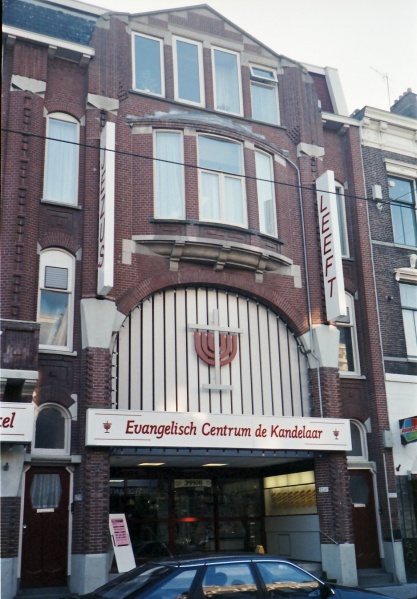
Currently another one is located there, called Europoort.
Sources:
“Fantasie, illusie en betovering, herinneringen aan Rotterdamse bioscopen” by Herman Romer
“Over stalles, Rotterdam en het witte doek en parket” by Henk Berg
City archive of Rotterdam
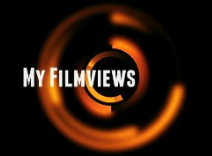
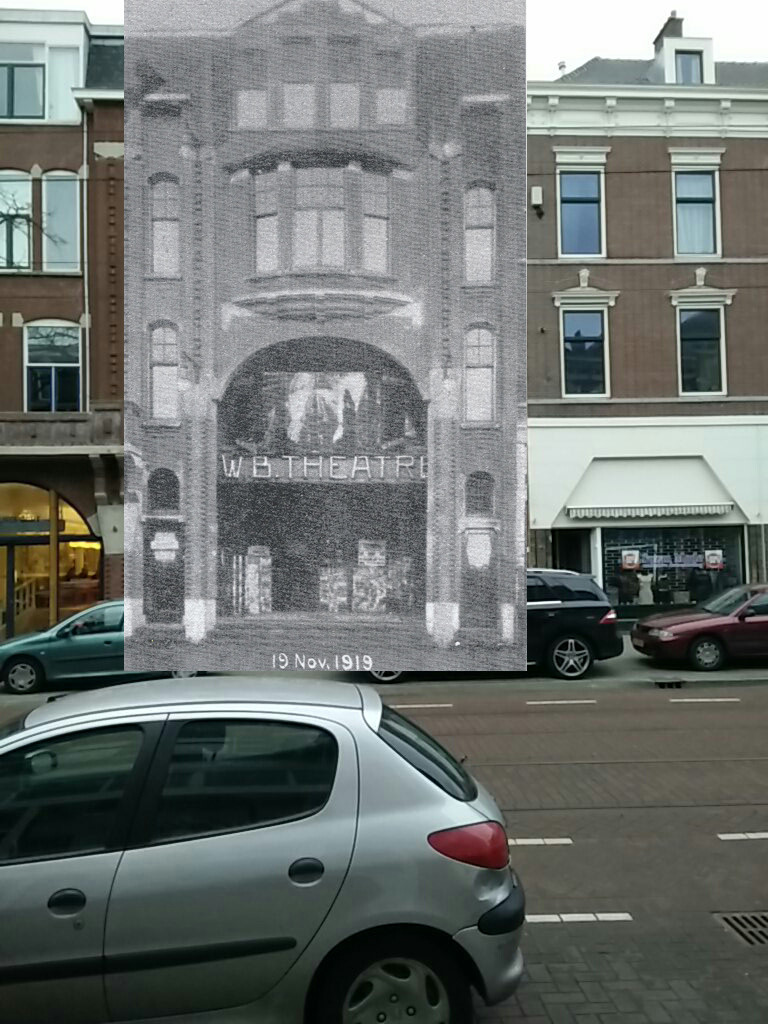
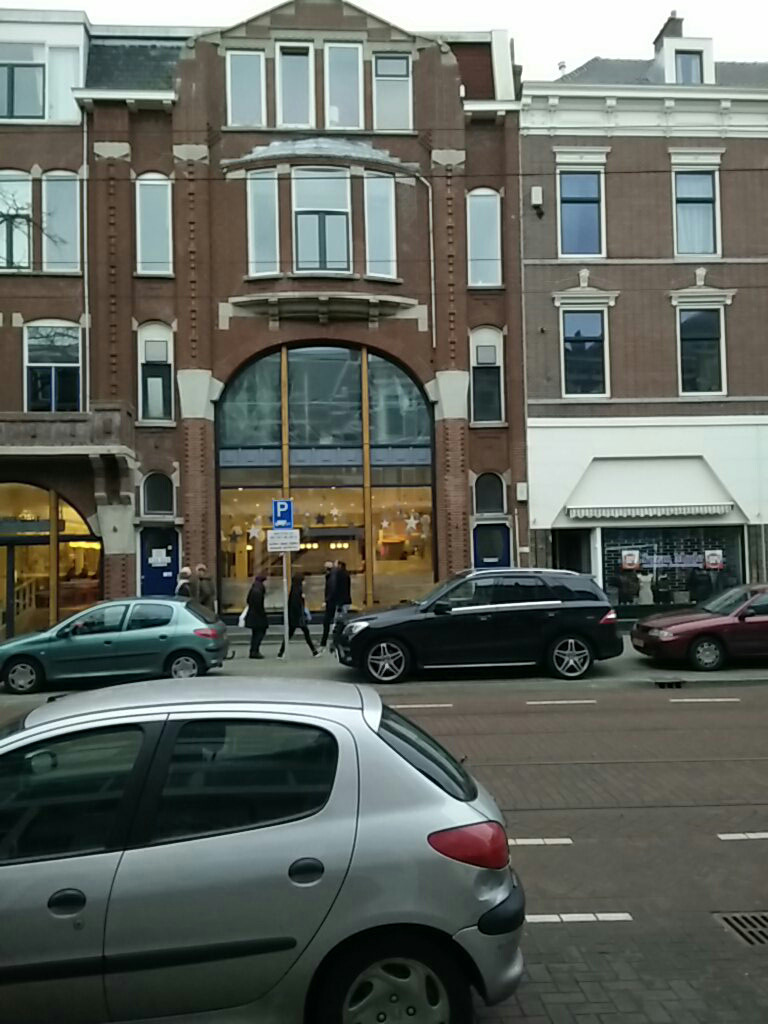
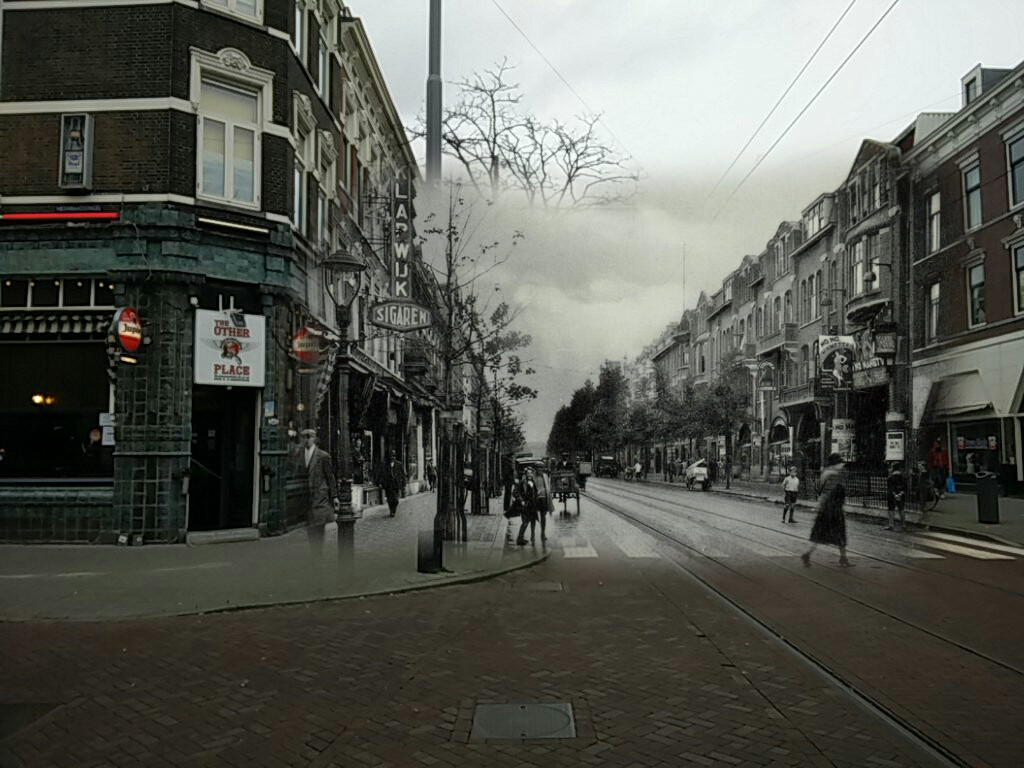
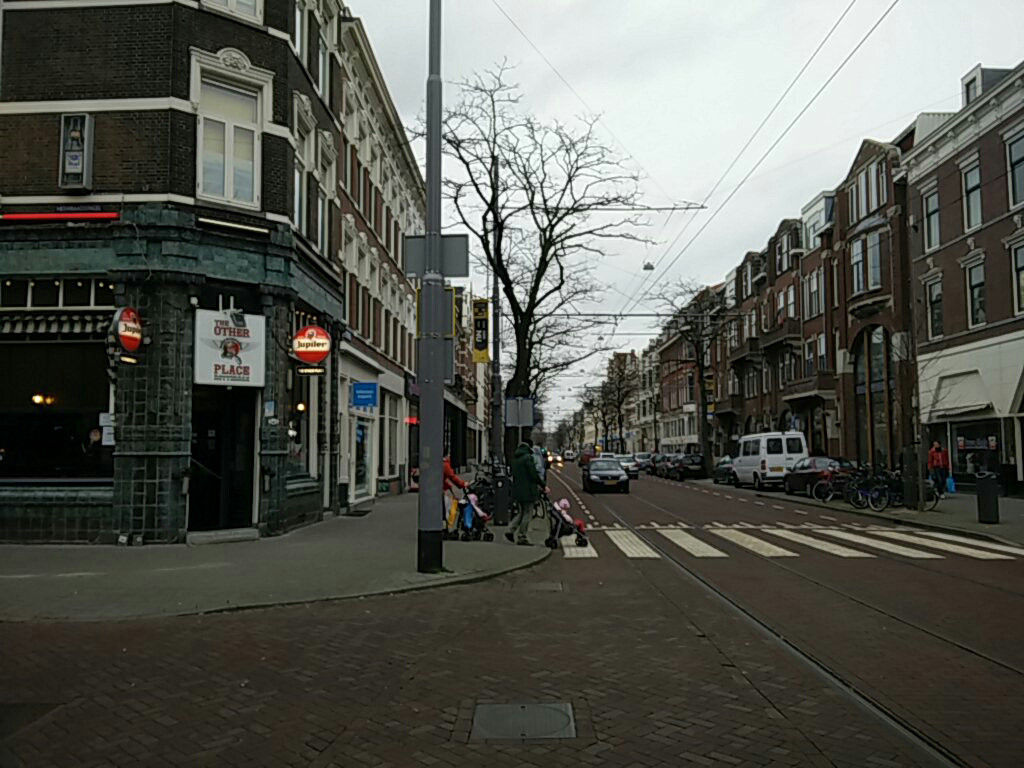
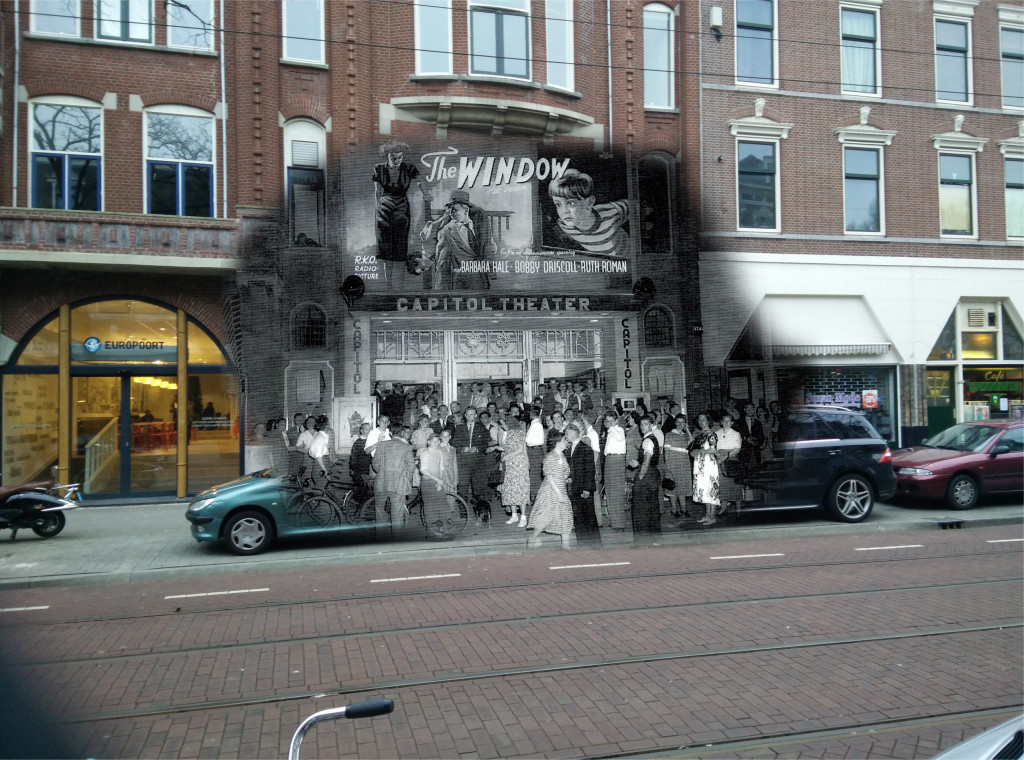
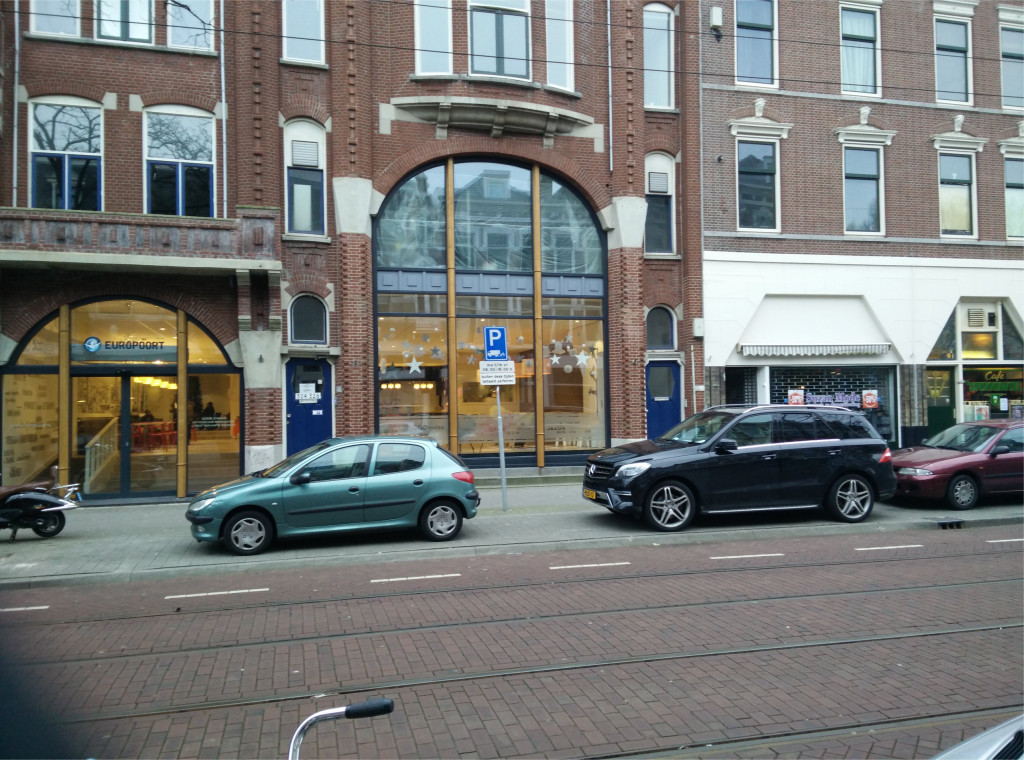
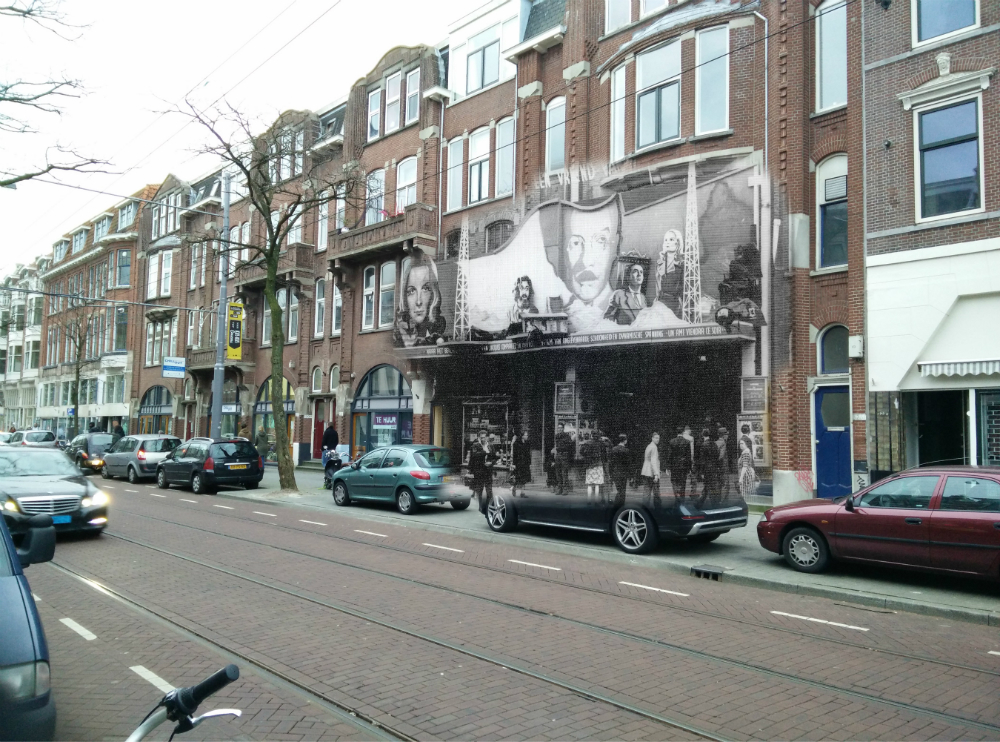
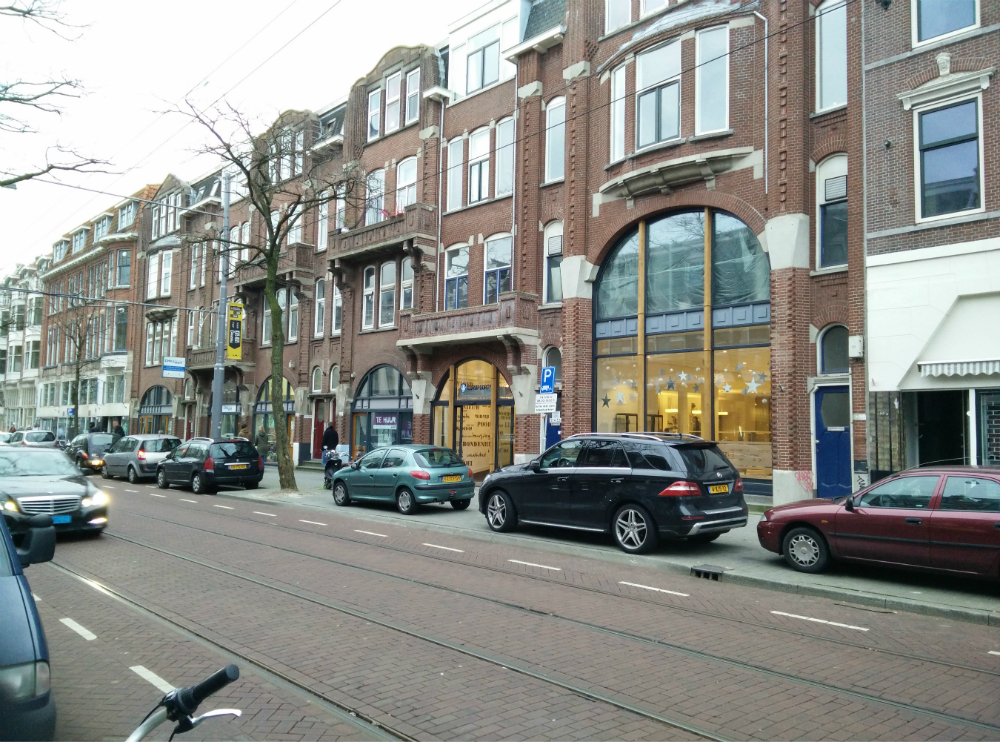
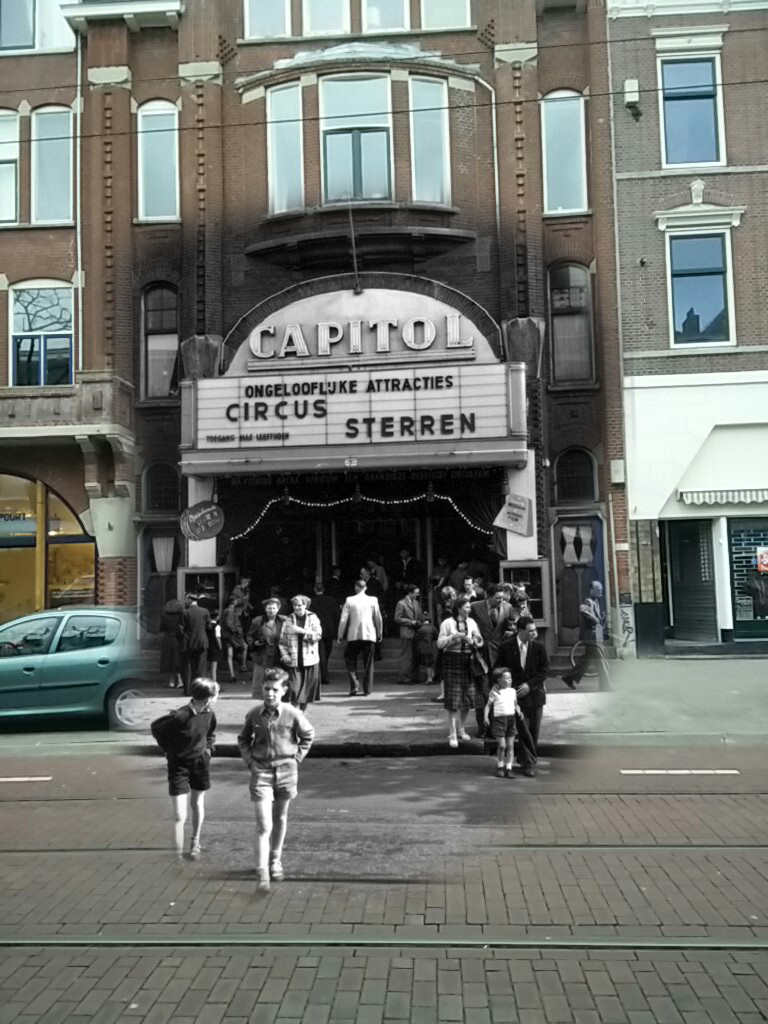
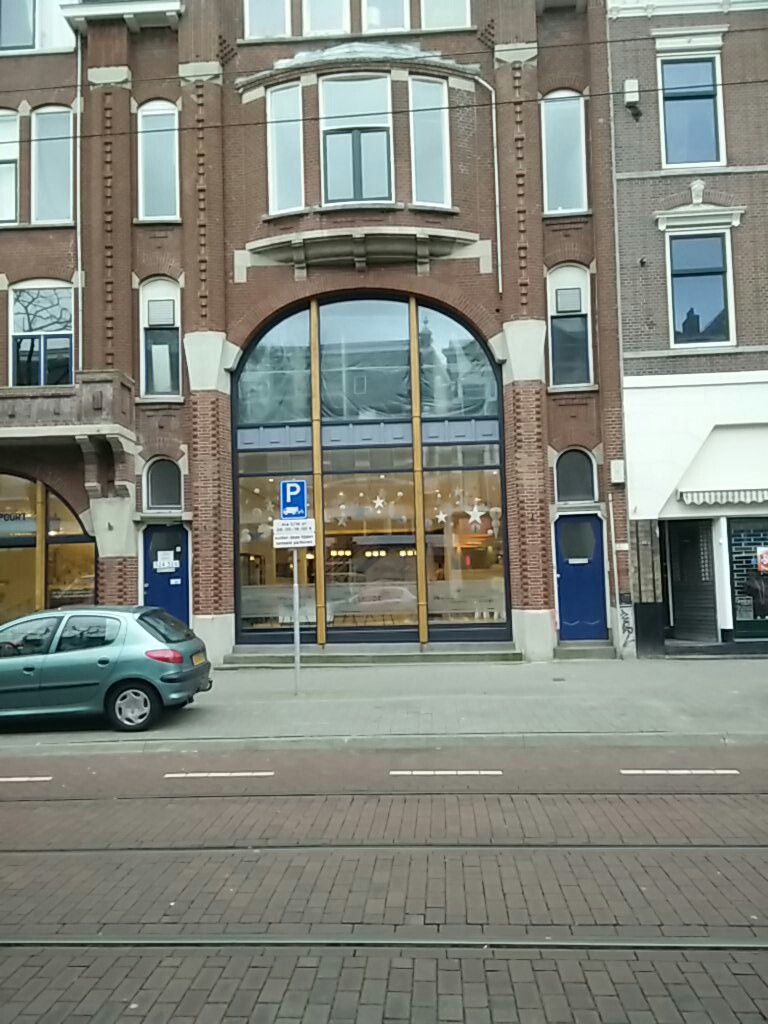
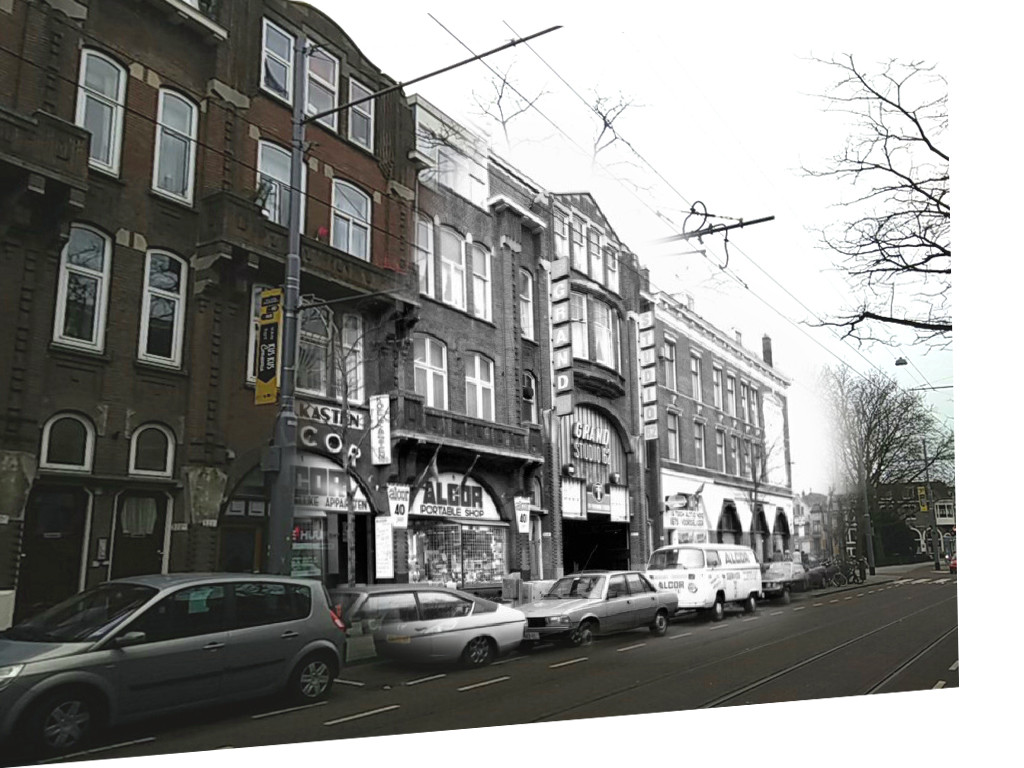
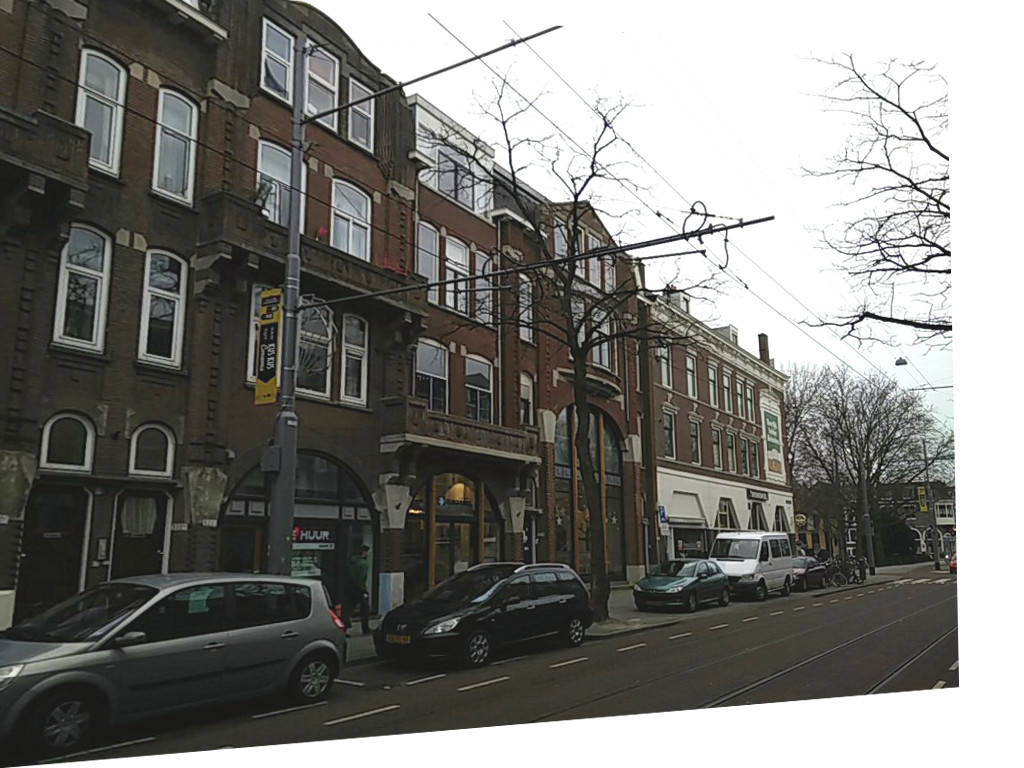
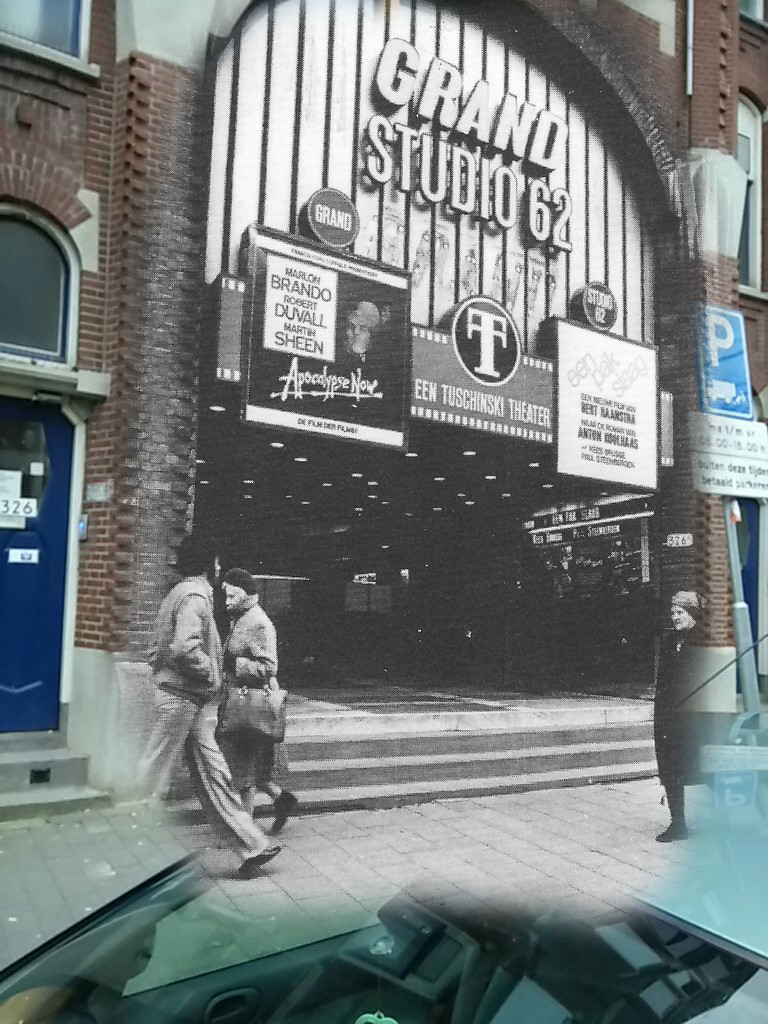
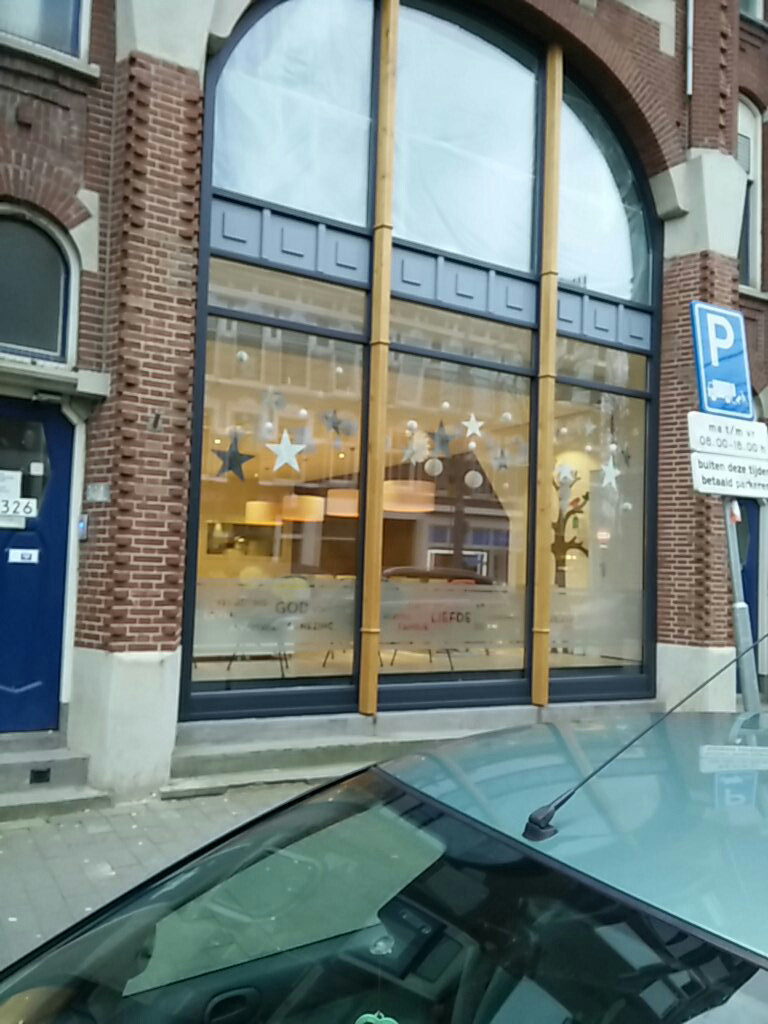
Really interesting post. Love what you’ve done with the images!
Thanks Natalie!
This is so damn cool!
Thanks Fernando. I wanted to continue this series, but found that the original way I did it, with simple Youtube videos showing the transition weren’t perfect. So started looking for a different way to implement it and how to work with a before an after picture and this is the solution I eventually found. Also taking the pictures from the same spot has become easier as I found the app Timera, in which you can upload an old picture and overlay it on the camera of your phone, giving a lot of accuracy. Sometimes the pictures might need a bit of Photoshop to align perfectly, but I’m very content with the result.
You should be. It looks great!
Thanks Fernando
Pingback: The Lost Cinemas of Rotterdam: Arena - My Filmviews